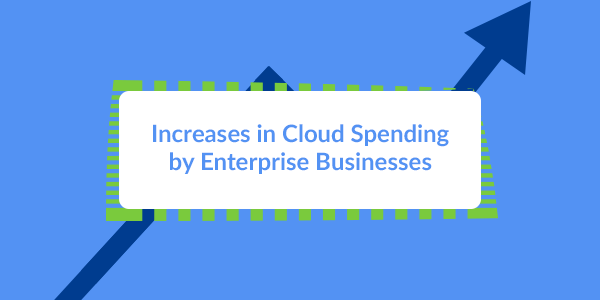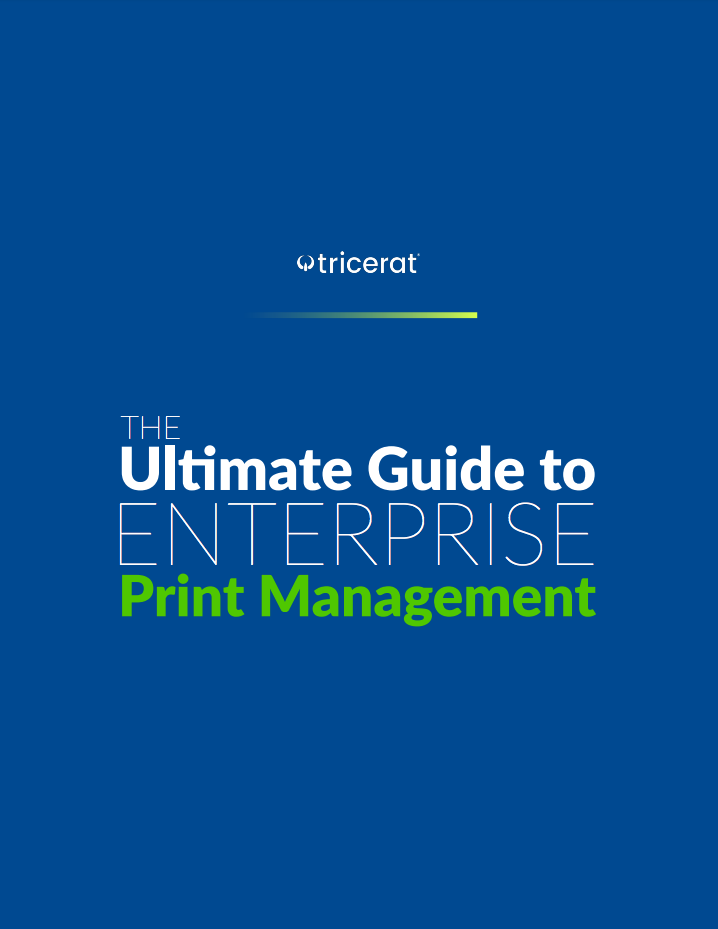2020 was a year that completely disrupted any semblance of normalcy - for small businesses, large enterprises, and everyone in between. In an effort to adapt to unprecedented change, many organizations altered their cloud use and spending in unique ways. In this article we will analyze VMware's downloadable report about the cloud spending data of 500 organizations from 2020 and take a look at the implications of these changes for 2021 and beyond.
After taking a look at the overall data of cloud spending and budgets, it is safe to say that the business world did in fact turn to the cloud in response to the socioeconomic pressures of the pandemic. From April, the first full month of COVID-19 restrictions, to September, cloud spending went up 19.3%.
Individual services within cloud budgets fluctuated, however. Monthly cloud budgets devoted to compute services, which help manage hardware and applications in IaaS systems, were down 4.5%. This is likely due to the impact of cost optimization and concentration on eliminating unnecessary expenses.
Spending on containers increased 38.7% and that of serverless usage was up 13.5%. VMware points out that this information, in the context of reduced compute spending, indicates that organizations are "increasingly embracing new modern application approaches for deploying workloads in the cloud."

VMware's findings on small, mid-market, and enterprise business trends showed that organizations of all sizes increased cloud usage in March of 2020, when the pandemic first set in. However, this cohesion fled in the following months. Small businesses decreased cloud spending to withstand economic uncertainty, mid-market businesses were relatively stable with only slight fluctuations month to month, and enterprises increased cloud spending to adapt to a new way of working.
VMware explains that these cloud spending discrepancies reflect the maturity of cloud management in each business size. Large enterprises are older and have more well-established processes that have greater need to adapt to using cloud services. Mid-market businesses have younger processes with IT systems that are "born in the cloud," which allowed them to maintain stability and stay on course more effectively last year. Small businesses are newer and likely had all of their workloads deployed in the cloud before the pandemic, so they felt a greater need to decrease operational expenses.
VMware studied the vertical trends of multiple industries, but to stay within the realm of Tricerat's space, we will only discuss their findings for the IT field. A cloud spend spike in May suggests significant adoption of CUD pricing due to a long period of financial uncertainty. This provides users discounted prices in exchange for their commitment to use a certain level of resources for a specific length of time.
IT businesses significantly increased spending in analytics last year, which likely reflects their need to understand and adapt to the behavioral changes of customers and employees during the pandemic. This need is highlighted by a CloudHealth customer's development of an app that helps employees track their risk of COVID exposure, and a Microsoft customer's creation of a dashboard that visualizes transmission rates by location.
Serverless spending also increased. Business projects based on serverless technology were temporarily paused as companies adapted to the "new normal," but were able to restart and grow later in the year.
Container spending went up in IT as well, further indicating an overall shift toward the cloud. Containers allow application codes to be stored in units of software in common ways so they can run reliably when moved between different computing environments.
VMware's report predicts that the businesses that were forced to scale down cloud environments due to decreased demand will look at their cost optimization strategies discovered in 2020 and incorporate them into future plans. This will help them scale efficiently as they recover from the pandemic.
Businesses that increased cloud usage to adapt to trends that will come after the pandemic must consider and learn more about implications of the cloud: security and compliance risks, developer productivity, and the impact of cloud costs on profitability.
Cloud financial management will become a crucial aspect of maximizing efficiency while businesses scale infrastructure or cut costs during times of financial pressure. VMware says cloud financial management entails "creating KPIs to track profitability, implementing policies to achieve those KPIs, and incorporating automation to ensure adherence to those policies," which will be important in 2021.
